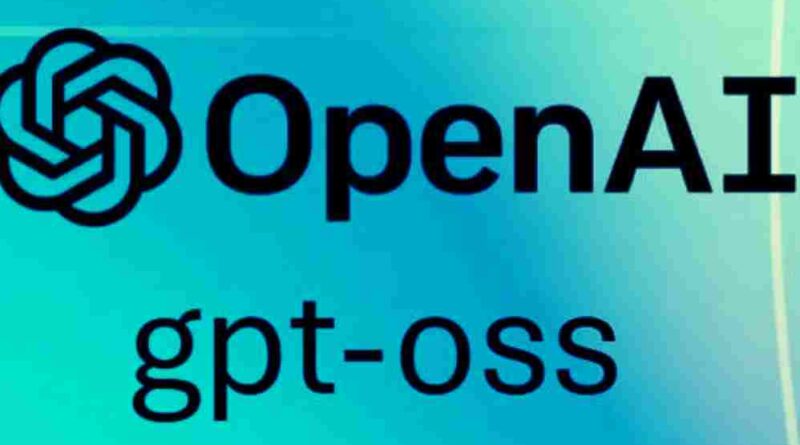Microsoft Deepens Commitment to Open AI Innovation with New GPT-OSS Model and Developer Tools
In a powerful nod to the future of open AI, Microsoft has unveiled a major expansion to its AI ecosystem by launching a new open-source language model, GPT-OSS, available through Azure AI Foundry and Windows AI Foundry. This move signals a bold effort to empower developers, startups, and enterprise teams with more freedom, control, and transparency in their AI innovation journeys.
A Democratized Future for Generative AI
While proprietary models have dominated the generative AI race in recent years, Microsoft’s latest initiative champions openness. GPT-OSS isn’t just another large language model—it’s a fully open-source framework that allows the global tech community to explore, fine-tune, and deploy powerful AI tools without the limitations of closed ecosystems.
The release aligns with a growing trend in the tech industry: a push for AI systems that are auditable, customizable, and collaborative. By making GPT-OSS accessible through Azure AI Foundry, Microsoft gives developers a launchpad to experiment with language models at scale while also tapping into cloud-based tools and GPU power designed for enterprise-grade performance.
AI Foundries: Where Hardware Meets Human Ingenuity
At the heart of this evolution are Microsoft’s “AI Foundries”—dedicated environments where developers can build and scale models more efficiently. Azure AI Foundry is built for cloud-native innovation, enabling users to fine-tune models, manage experiments, and deploy AI solutions with pre-configured infrastructure and governance tools.
For those closer to the edge or building directly on Windows devices, Windows AI Foundry complements this by offering local tooling that’s fully compatible with the GPT-OSS stack. This allows developers to create, test, and run AI applications natively on PCs and workstations—without needing to rely on constant cloud connectivity.
This dual-foundry approach caters to both high-scale enterprises and nimble creators, bridging the gap between centralized compute power and edge-level flexibility.
Open Doesn’t Mean Bare-Bones
What sets GPT-OSS apart from traditional open-source offerings is its tight integration with Microsoft’s mature AI tooling and developer platforms. Instead of starting from scratch, users get access to robust training pipelines, model optimization features, performance benchmarks, and responsible AI practices baked right in.
This ensures that organizations can move fast without compromising ethics or safety—a balance that’s been difficult to achieve with traditional open-source models that lacked enterprise-grade support.
Why It Matters: The Bigger Picture
The timing of this release feels strategic. As governments, regulators, and organizations around the world grow more concerned about AI safety, data sovereignty, and transparency, Microsoft is positioning itself not only as a provider of powerful AI but also as a responsible steward of its future.
By offering GPT-OSS in an open format, the company hands the reins to a broader community—allowing researchers, local developers, and companies across industries to tailor AI for their specific needs, languages, cultures, and use cases.
For developers in education, healthcare, legal, and non-profit sectors—where proprietary models might be cost-prohibitive or legally opaque—this is a chance to finally build responsibly and confidently.
A New Era of Co-Creation
What’s unfolding here isn’t just a new product launch—it’s a new era of AI co-creation. Microsoft is inviting builders into the process, offering them the tools and transparency to shape how AI evolves, rather than simply being consumers of locked-down models.
This reflects a deeper belief that the next breakthroughs in AI won’t just come from billion-dollar labs but from communities, classrooms, startups, and solo innovators—especially when given the freedom to tinker, adapt, and build in the open.
Final Thoughts
With GPT-OSS and the AI Foundry platforms, Microsoft is not just embracing open source—it’s redefining what “open” means in the context of AI. It’s no longer just about access to code. It’s about creating ecosystems where openness is coupled with usability, governance, and scale.
And for developers across the globe, that could mean fewer barriers, more collaboration, and a much more inclusive future for artificial intelligence.
Disclaimer
The information and content shared on digitalgithub.com — including articles, blogs, news, guides, and other resources — is intended for general informational and educational purposes only. We do not guarantee the completeness, reliability, or suitability of any information. Always seek the guidance of a qualified professional before making decisions based on the information you read. Use this site at your own risk.

